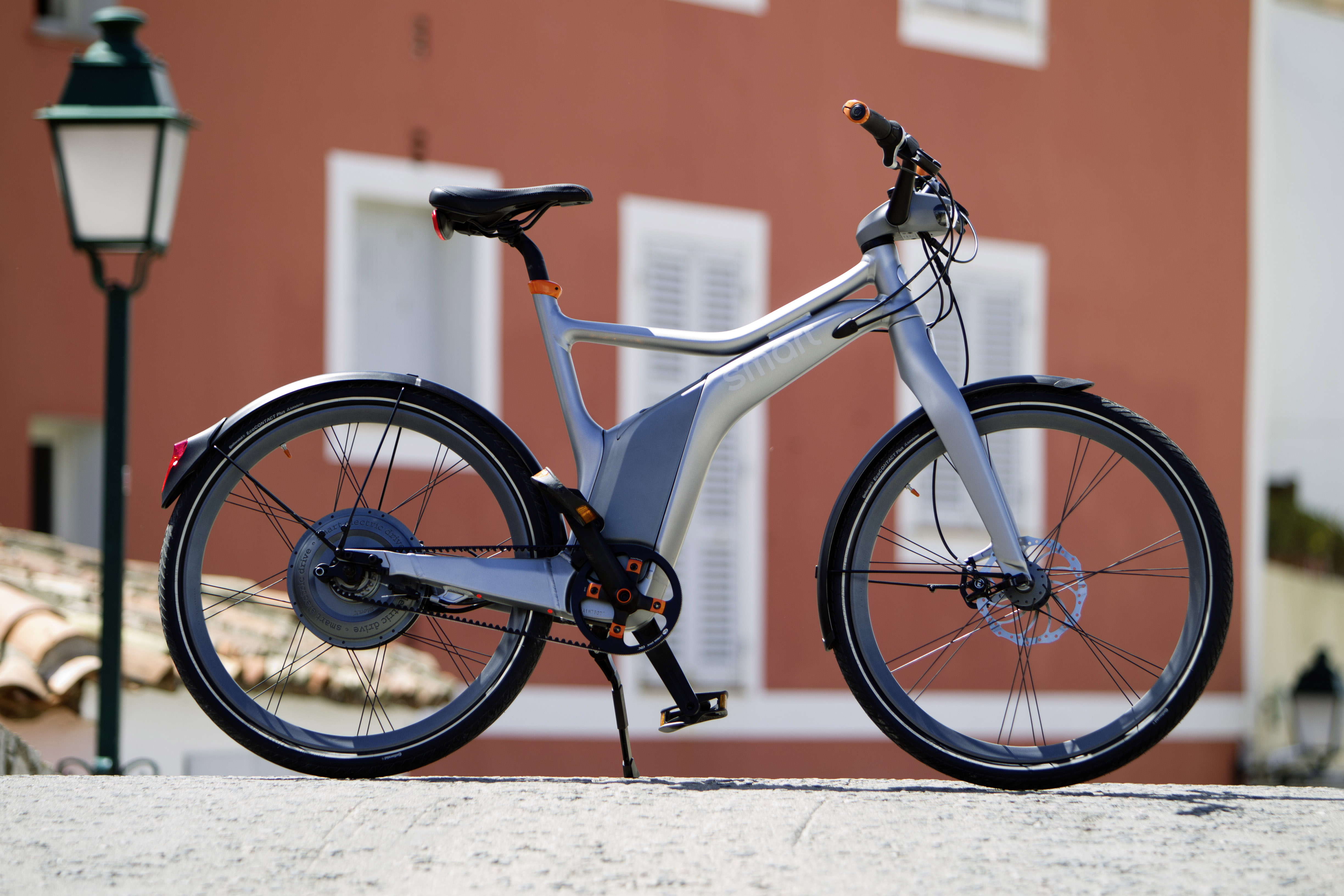The Future of eBike Lighting: AI Integration
Smart eBike lighting systems with AI represent the future of eBike technology, offering numerous benefits in terms of safety, energy efficiency, and user experience. By integrating artificial intelligence into eBike lighting solutions, these systems can adapt to various riding conditions and provide optimal illumination when and where it’s needed most.
AI-powered eBike lighting systems utilize advanced sensor technology and machine learning algorithms to analyze data in real-time, enabling features such as adaptive lighting, automatic brightness control, and predictive analytics for maintenance. Adaptive lighting adjusts the light beam based on the rider’s speed, direction, and surrounding environment, ensuring that the path ahead is always well-lit. Automatic brightness control conserves energy by dimming the lights when sufficient ambient light is available, while predictive analytics alert riders to potential issues before they become serious problems, reducing downtime and maintenance costs.
Moreover, smart eBike lighting systems with AI can significantly enhance safety by providing better visibility in low-light conditions and alerting other road users to the rider’s presence. These advanced lighting solutions can even integrate with other smart devices and systems, such as GPS navigation and fitness trackers, to create a seamless and connected eBike riding experience.
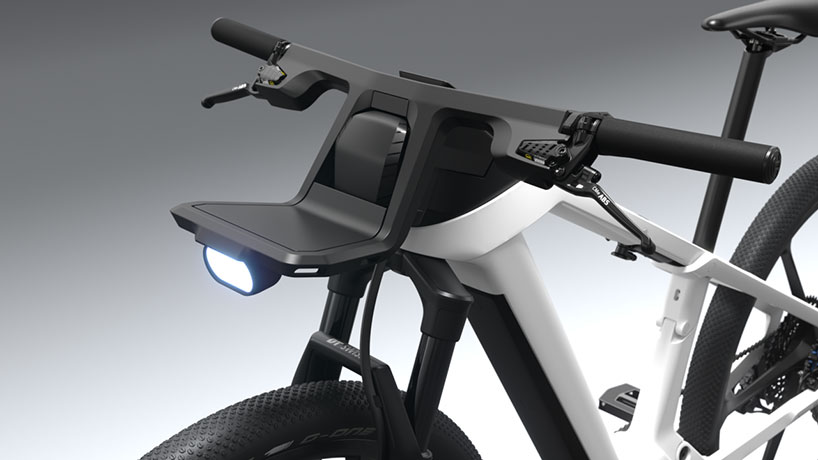
Top Smart eBike Lighting Systems with AI
When it comes to selecting the best smart eBike lighting systems with AI, there are several outstanding options available. Here are two top choices:
Breakeer One
There is a cutting-edge smart eBike lighting system that harnesses the power of AI to deliver unparalleled performance and safety features. With adaptive lighting technology, this system adjusts the light beam based on the rider’s speed, direction, and surrounding environment, ensuring optimal illumination at all times. Additionally, automatic brightness control conserves energy by dimming the lights when sufficient ambient light is available, extending battery life and reducing the need for frequent recharges.
One of the unique selling points of Breakeer is its predictive analytics for maintenance. By analyzing real-time data and historical trends, this system can alert riders to potential issues before they become serious problems, reducing downtime and maintenance costs. Furthermore, Breakeer One is compatible with a wide range of eBike models and is easy to install, making it an ideal choice for riders looking to upgrade their lighting systems.
Slonder Game
Slonder is another top-rated smart eBike lighting system that leverages AI technology to enhance safety and energy efficiency. This system features advanced sensor technology that detects changes in the riding environment and adjusts the lighting accordingly, ensuring that riders have the best possible visibility in any condition. Additionally, Slonder offers customizable lighting modes, allowing riders to tailor their lighting experience to their specific needs and preferences.
One of the standout features of Slonder is its integration with other smart devices and systems. By connecting to GPS navigation and fitness trackers, this system can provide turn-by-turn directions, alert riders to upcoming hazards, and track key metrics such as speed, distance, and calories burned. With its sleek design, long battery life, and easy installation, Slonder is an excellent choice for riders seeking a comprehensive smart eBike lighting solution.
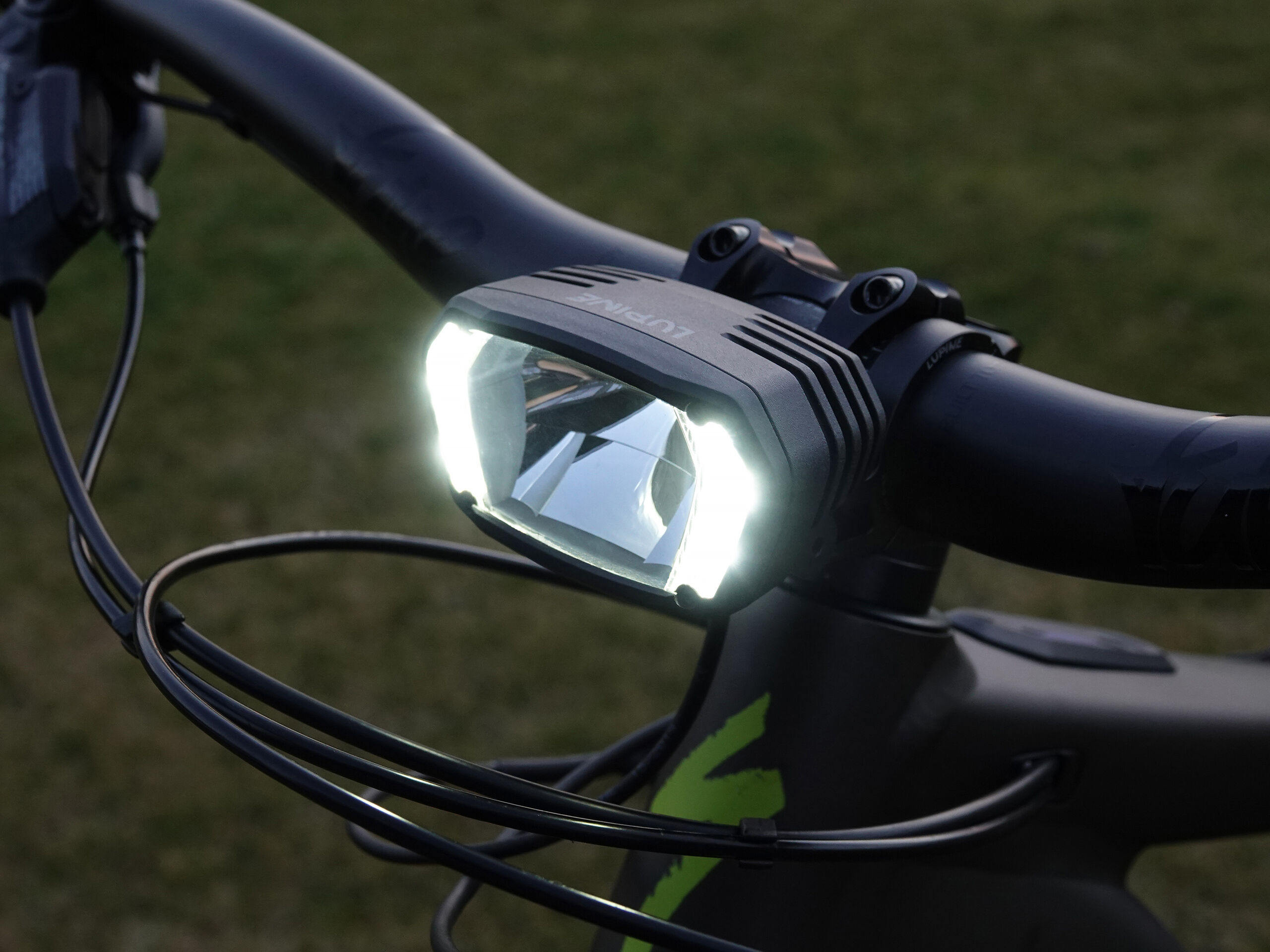
How AI Enhances eBike Lighting Performance
Smart eBike lighting systems with AI offer numerous advantages over traditional lighting solutions, thanks to their advanced features and capabilities. By harnessing the power of artificial intelligence, these systems can significantly improve safety, energy efficiency, and user experience.
Adaptive Lighting
One of the primary ways AI enhances eBike lighting performance is through adaptive lighting technology. This feature allows the lighting system to adjust the light beam based on the rider’s speed, direction, and surrounding environment. By continuously adapting to the rider’s needs, adaptive lighting ensures optimal illumination at all times, enhancing safety and visibility in various conditions.
Automatic Brightness Control
Another benefit of AI integration in eBike lighting systems is automatic brightness control. This feature uses ambient light sensors to detect the amount of available light and adjusts the brightness level accordingly. By dimming the lights when sufficient ambient light is available, automatic brightness control conserves energy, extends battery life, and reduces the need for frequent recharges. Additionally, automatic brightness control ensures that the lights are never too bright or too dim, providing a comfortable and safe riding experience.
Predictive Analytics for Maintenance
Smart eBike lighting systems with AI can also incorporate predictive analytics for maintenance. By analyzing real-time data and historical trends, these systems can alert riders to potential issues before they become serious problems. Predictive analytics for maintenance can help reduce downtime, lower maintenance costs, and ensure that the lighting system is always in optimal working condition. Furthermore, by providing riders with advance notice of potential issues, predictive analytics can help prevent accidents and enhance overall safety.
In summary, AI technology significantly contributes to better eBike lighting performance by enabling adaptive lighting, automatic brightness control, and predictive analytics for maintenance. By harnessing the power of AI, smart eBike lighting systems can improve safety, energy efficiency, and user experience, providing riders with a more enjoyable and comfortable riding experience.
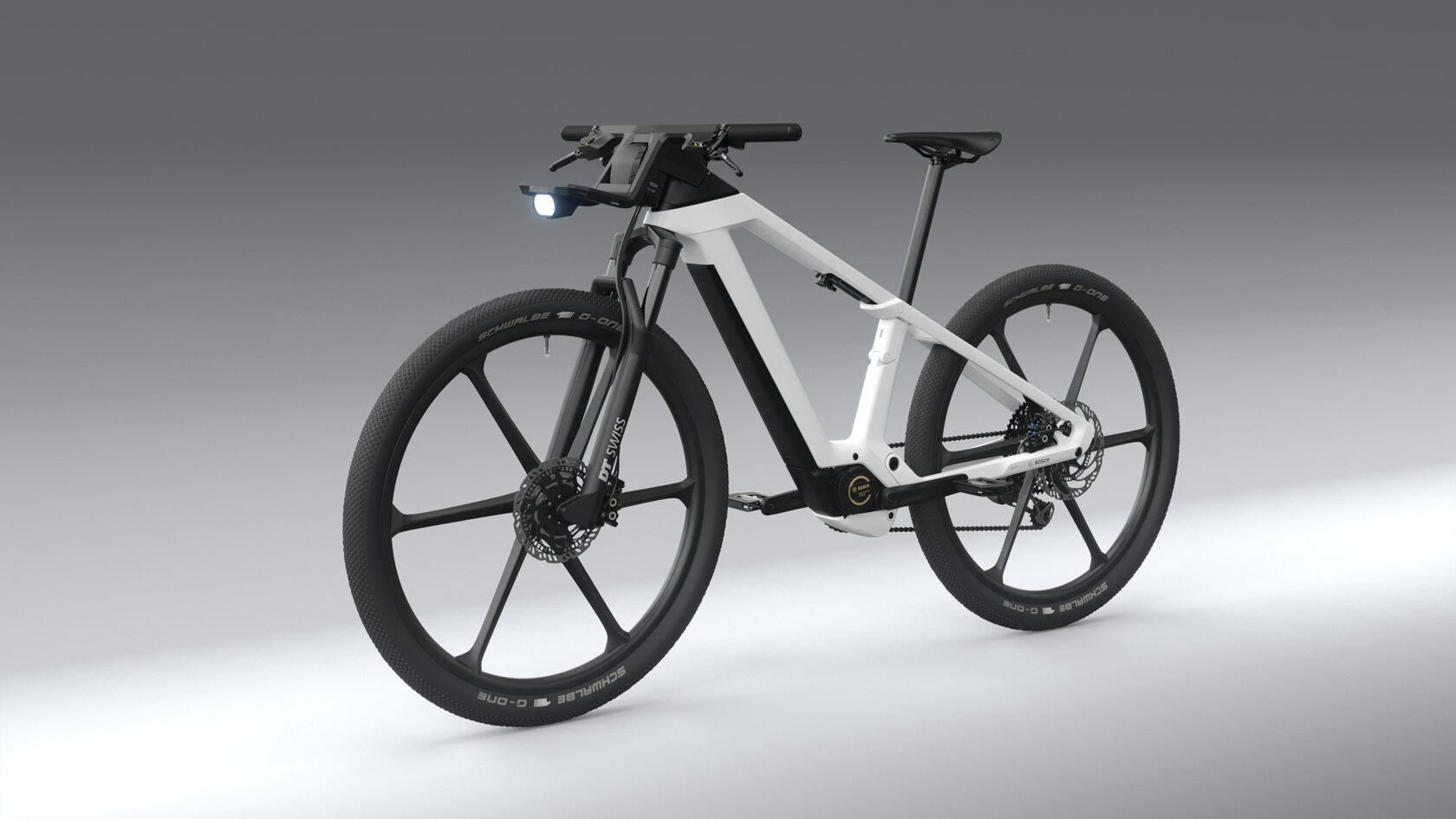
Considerations for Choosing a Smart eBike Lighting System with AI
When selecting a smart eBike lighting system with AI, there are several essential factors to consider to ensure compatibility, ease of installation, and optimal performance. By carefully evaluating these factors, riders can make an informed decision and enjoy the numerous benefits of AI-powered eBike lighting systems.
Compatibility with Your eBike
The first consideration when choosing a smart eBike lighting system with AI is compatibility with your eBike. Ensure that the lighting system is designed for your specific eBike model or is compatible with a wide range of eBikes. Some manufacturers offer customized solutions, while others provide universal mounting options. Always check the product specifications and consult the manufacturer’s guidelines to ensure a seamless integration.
Ease of Installation
Ease of installation is another critical factor when selecting a smart eBike lighting system with AI. Ideally, the system should be user-friendly and straightforward to install, with clear instructions and minimal tools required. Some manufacturers offer plug-and-play solutions, while others may require more complex wiring configurations. Consider your technical skills and the time you are willing to invest in the installation process before making a decision.
Battery Life
Battery life is a crucial consideration for any eBike accessory, and smart lighting systems with AI are no exception. Ensure that the lighting system offers a sufficient battery life to meet your needs, considering factors such as the duration of your typical rides, the frequency of use, and the availability of charging points along your route. Additionally, consider the charging time and the ease of charging the system.
Cost
Finally, cost is an essential factor when choosing a smart eBike lighting system with AI. While these systems offer numerous benefits, they may come at a premium price compared to traditional lighting solutions. Evaluate your budget and the value that the AI-powered lighting system provides in terms of safety, energy efficiency, and user experience. Remember that investing in a high-quality lighting system can enhance your overall eBike riding experience and provide long-term value.
In conclusion, compatibility, ease of installation, battery life, and cost are essential factors to consider when selecting a smart eBike lighting system with AI. By carefully evaluating these factors, riders can choose a system that meets their needs and enhances their eBike riding experience. With the integration of AI technology, smart eBike lighting systems offer numerous benefits, including improved safety, energy efficiency, and user experience, making them an excellent investment for eBike enthusiasts.
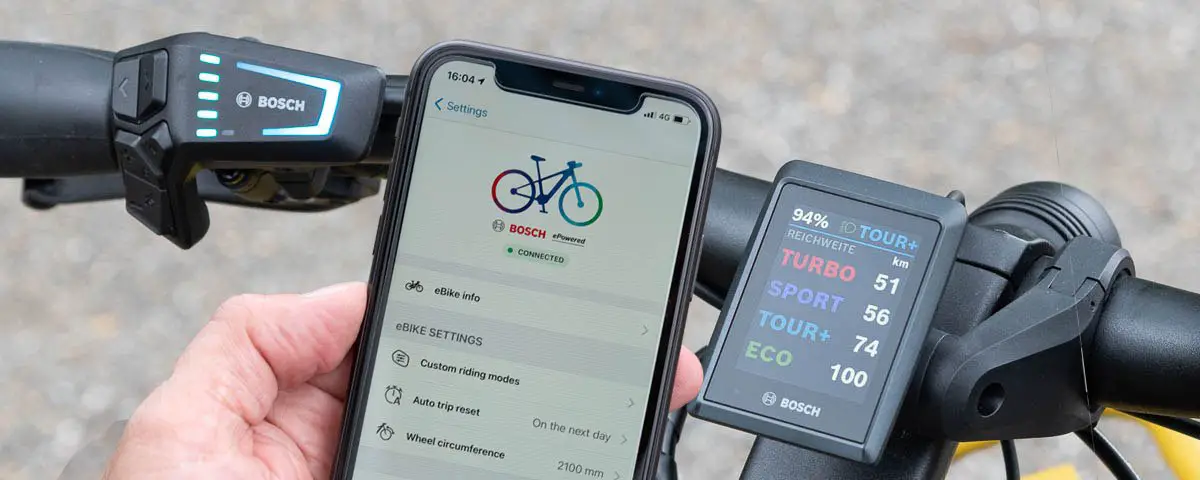
Installing and Setting Up Your Smart eBike Lighting System with AI
Once you have selected a smart eBike lighting system with AI that meets your needs and preferences, it’s time to install and set up the system. While installation processes may vary depending on the specific product, the following steps provide a general guide to installing and setting up a smart eBike lighting system with AI.
Step 1: Unbox and Inspect the Contents
Begin by carefully unboxing your smart eBike lighting system with AI and inspecting the contents to ensure that all necessary components are included. Typically, a smart eBike lighting system with AI will come with the lighting unit(s), mounting hardware, a battery or rechargeable power source, a charger, and a user manual.
Step 2: Mount the Lighting Unit(s)
Identify the optimal location(s) for mounting the lighting unit(s) on your eBike, following the manufacturer’s guidelines. Ensure that the mounting location provides adequate visibility and does not obstruct any essential components or controls. Attach the mounting hardware to your eBike and securely fasten the lighting unit(s) in place.
Step 3: Connect the Wiring (if Applicable)
If your smart eBike lighting system with AI requires wiring, carefully connect the wires to the appropriate components, following the manufacturer’s instructions. Ensure that all connections are secure and properly insulated to prevent damage or short circuits.
Step 4: Install and Charge the Battery
Install the battery or rechargeable power source according to the manufacturer’s guidelines. Ensure that the battery is properly connected and secured in place. Charge the battery fully before using the lighting system for the first time, following the manufacturer’s charging instructions.
Step 5: Power On and Pair with Your Device
Power on your smart eBike lighting system with AI and follow the manufacturer’s instructions to pair the system with your smartphone or other compatible devices. This process may involve downloading a companion app, enabling Bluetooth connectivity, and following the app’s onboarding process.
Step 6: Configure Settings and Customize
Once your smart eBike lighting system with AI is paired with your device, you can configure settings, customize preferences, and explore the system’s unique features. This may include adjusting brightness levels, setting up adaptive lighting modes, and enabling predictive analytics for maintenance alerts.
Troubleshooting Tips
If you encounter any issues during the installation or setup process, consult the manufacturer’s troubleshooting guide or contact their customer support team for assistance. Common issues may include connectivity problems, wiring issues, or battery-related concerns.
By following these steps, you can successfully install and set up your smart eBike lighting system with AI, enhancing your eBike riding experience with improved safety, energy efficiency, and user experience. Remember to consult the manufacturer’s instructions and resources for product-specific guidance and support.

Maximizing Safety and Energy Efficiency with AI-Powered eBike Lighting
Smart eBike lighting systems with AI offer numerous benefits for eBike riders, including enhanced safety, improved energy efficiency, and a more enjoyable riding experience. To make the most of these advanced lighting solutions, consider the following tips and best practices for maximizing safety and energy efficiency.
1. Adjust Brightness Levels According to Lighting Conditions
One of the primary advantages of AI-powered eBike lighting systems is their ability to automatically adjust brightness levels based on lighting conditions. This feature ensures optimal visibility in various environments, from bright daylight to dark nighttime rides. However, riders can also manually adjust brightness levels to conserve battery life when necessary.
2. Utilize Adaptive Lighting for Enhanced Safety
Adaptive lighting is a unique feature of smart eBike lighting systems with AI that adjusts the lighting direction based on the rider’s movements and surroundings. This technology helps illuminate potential hazards, such as potholes or obstacles, and improves overall safety by providing better visibility in critical areas.
3. Regularly Inspect and Maintain Your Lighting System
Proper maintenance is essential for ensuring the longevity and performance of your AI-powered eBike lighting system. Regularly inspect the lighting unit(s) for any signs of damage, such as cracks or loose connections, and clean the units with a soft, dry cloth to remove dirt and debris. Additionally, monitor the battery life and charge the battery as needed, following the manufacturer’s instructions.
4. Enable Predictive Analytics for Maintenance Alerts
Many smart eBike lighting systems with AI offer predictive analytics features that monitor the system’s performance and alert riders to potential maintenance issues. Enabling these alerts can help riders address problems before they become serious, ensuring optimal performance and reducing downtime.
5. Consider Eco-Friendly Battery Options
When selecting a smart eBike lighting system with AI, consider eco-friendly battery options, such as rechargeable batteries, to minimize waste and reduce environmental impact. Additionally, choose a system with a long battery life to minimize the need for frequent charging and conserve energy.
6. Follow Safe Riding Practices
While AI-powered eBike lighting systems can significantly improve safety, riders should still follow safe riding practices, such as wearing reflective clothing, using hand signals, and maintaining a safe speed. These measures, combined with an advanced lighting system, can help ensure a safe and enjoyable riding experience.
By following these tips and best practices, riders can maximize the safety and energy efficiency benefits of AI-powered eBike lighting systems. Remember to consult the manufacturer’s instructions and resources for product-specific guidance and support to ensure optimal performance and longevity.

The Role of AI in the Future of eBike Lighting
As technology continues to advance, the integration of artificial intelligence (AI) in eBike lighting systems is poised to revolutionize the eBike industry. With the potential for innovative developments in sensor technology, machine learning algorithms, and IoT integration, AI-powered eBike lighting systems are set to become even more sophisticated and efficient.
Sensor Technology
The future of AI in eBike lighting systems may involve the use of advanced sensors that can detect not only light levels but also environmental factors such as temperature, humidity, and even the presence of other vehicles or pedestrians. This data can be used to further enhance safety features, such as adaptive lighting and automatic brightness control, and provide riders with real-time information about their surroundings.
Machine Learning Algorithms
Machine learning algorithms can be used to improve the predictive analytics capabilities of AI-powered eBike lighting systems. By analyzing data from various sensors and user inputs, these algorithms can learn to anticipate potential maintenance issues and provide riders with more accurate and timely alerts. Additionally, machine learning can be used to optimize energy efficiency, battery life, and other performance metrics, resulting in a more enjoyable and sustainable riding experience.
IoT Integration
The integration of AI-powered eBike lighting systems with the Internet of Things (IoT) can enable remote monitoring and control of lighting systems, as well as real-time data sharing between eBikes and other devices. This connectivity can provide riders with valuable insights about their riding habits, energy consumption, and maintenance needs, and enable manufacturers to develop more targeted and personalized solutions for eBike riders.
In conclusion, the future of eBike lighting systems with AI is bright, with numerous opportunities for innovation and improvement. By harnessing the power of advanced sensor technology, machine learning algorithms, and IoT integration, AI-powered eBike lighting systems can become even more efficient, safe, and enjoyable for riders. As the eBike industry continues to evolve, it is clear that AI will play a critical role in shaping the future of eBike lighting systems and the overall riding experience.

Conclusion: Embracing Smart eBike Lighting Systems with AI
Smart eBike lighting systems with AI represent the future of eBike lighting solutions, offering numerous benefits for riders in terms of safety, energy efficiency, and user experience. By harnessing the power of artificial intelligence, these lighting systems can provide adaptive lighting, automatic brightness control, and predictive analytics for maintenance, resulting in a more enjoyable and sustainable riding experience.
When selecting a smart eBike lighting system with AI, it is essential to consider factors such as compatibility with your eBike, ease of installation, battery life, and cost. By carefully evaluating these considerations, you can choose a lighting system that meets your specific needs and enhances your eBike riding experience.
To get the most out of your AI-powered eBike lighting system, be sure to follow best practices for maximizing safety and energy efficiency. This includes regularly maintaining and caring for your lighting system to ensure optimal performance. Additionally, take advantage of the unique features and capabilities of your lighting system, such as adaptive lighting and automatic brightness control, to enhance your riding experience.
As technology continues to advance, the potential for future developments in AI-powered eBike lighting systems is vast. With advancements in sensor technology, machine learning algorithms, and IoT integration, these lighting systems are set to become even more sophisticated and efficient. By embracing this innovative technology, eBike riders can look forward to a safer, more efficient, and enjoyable riding experience.
